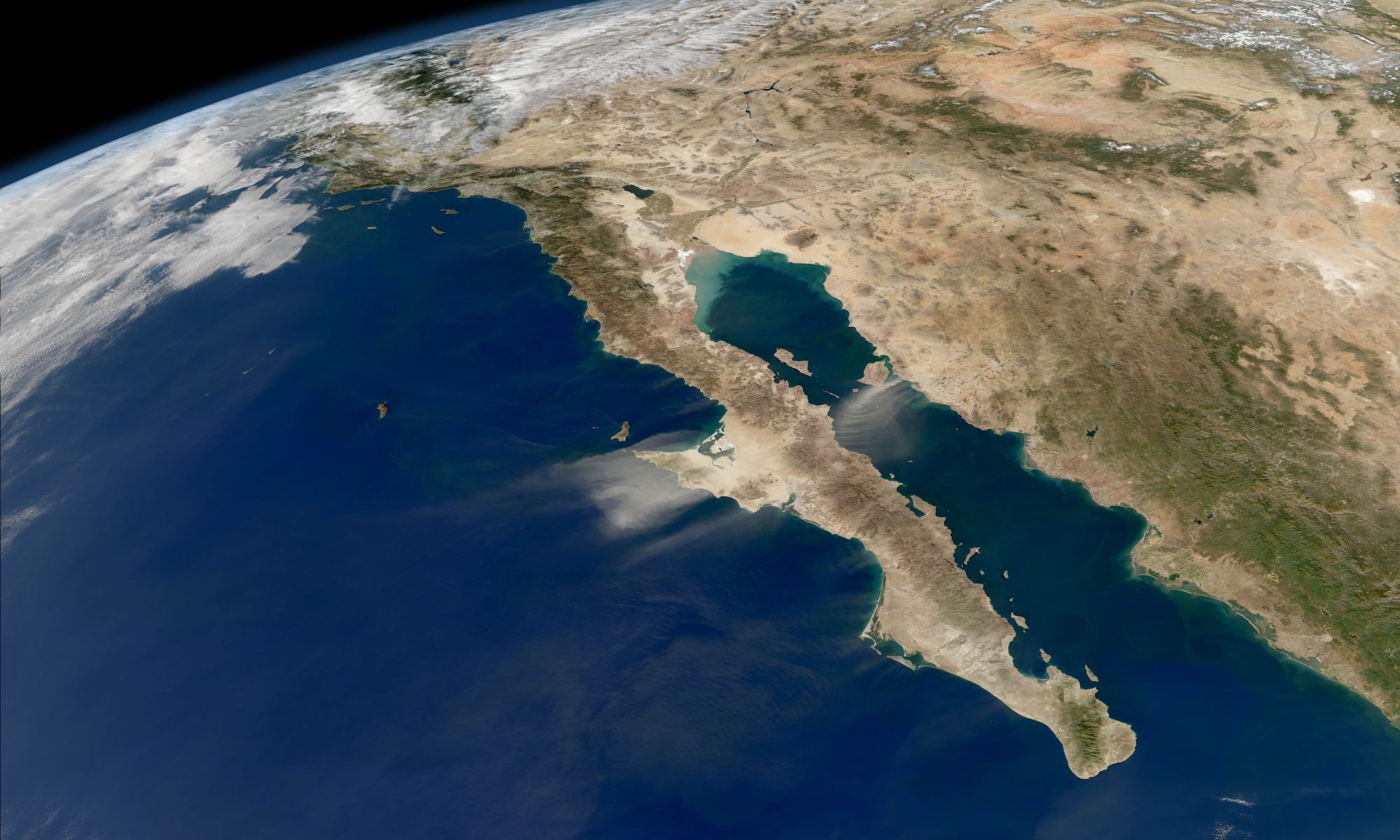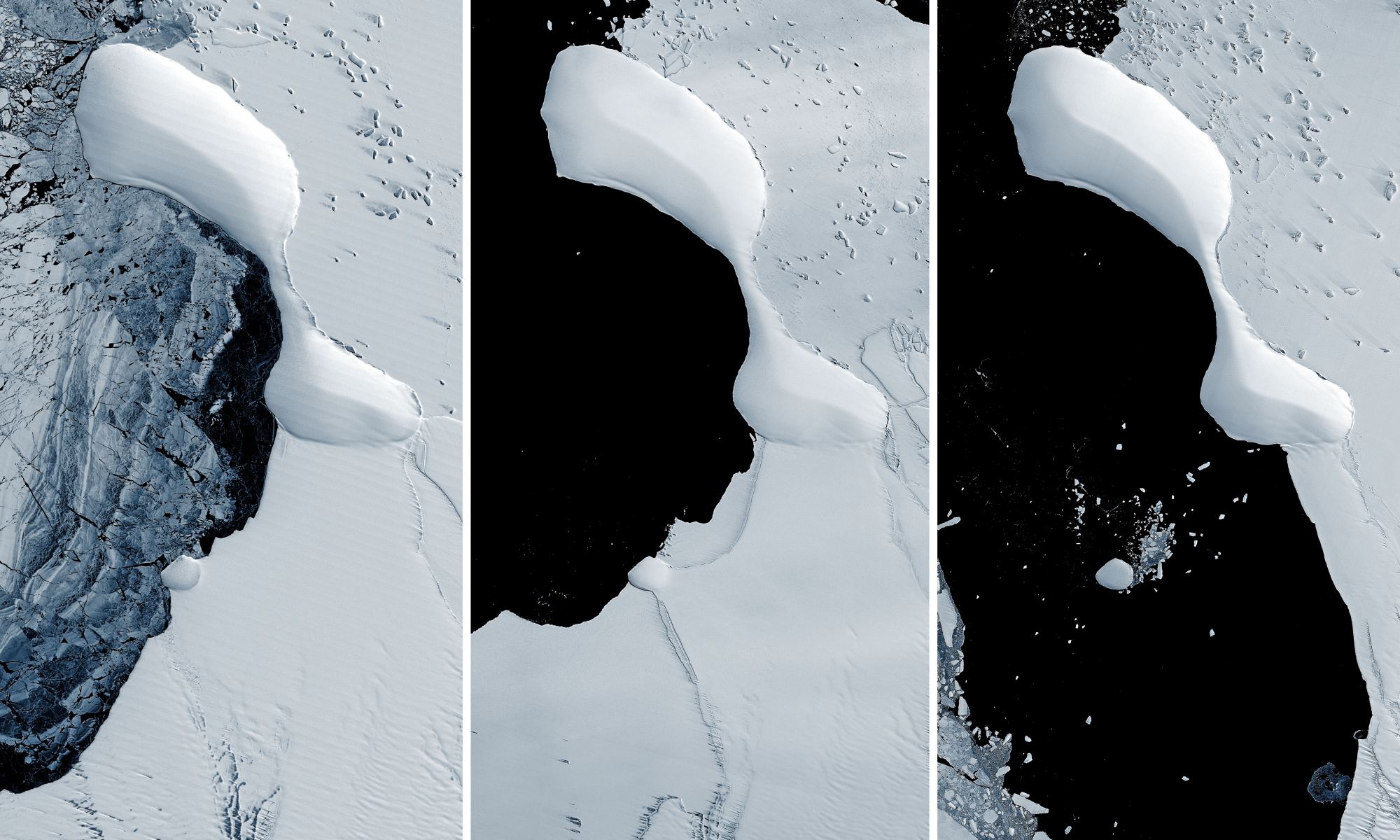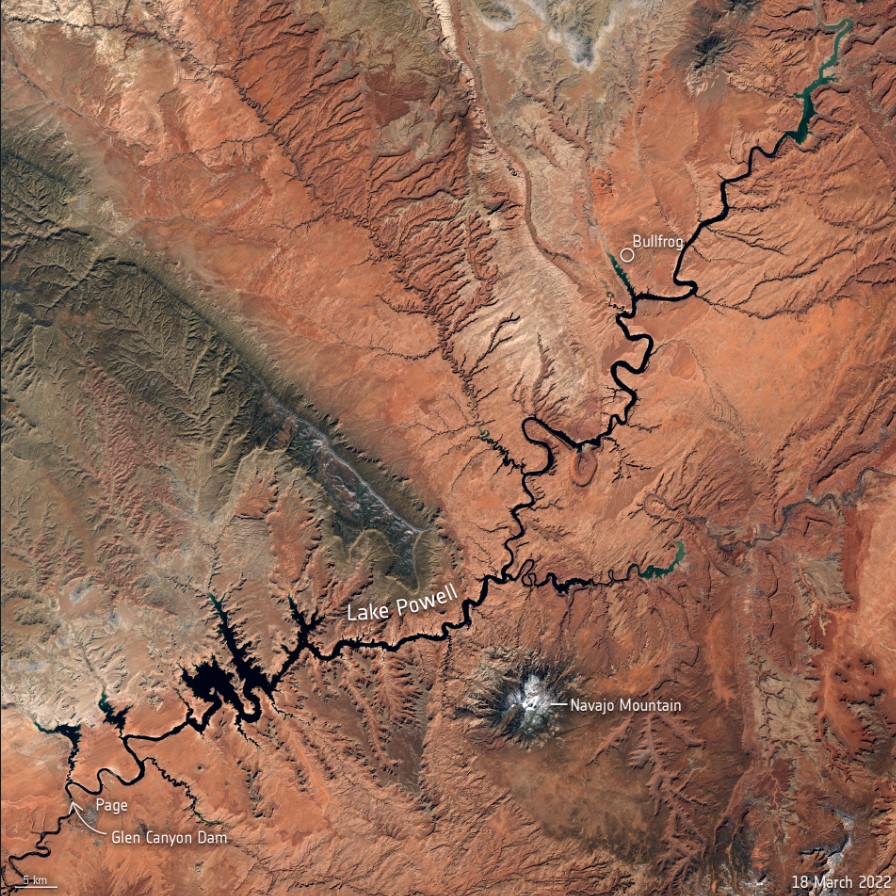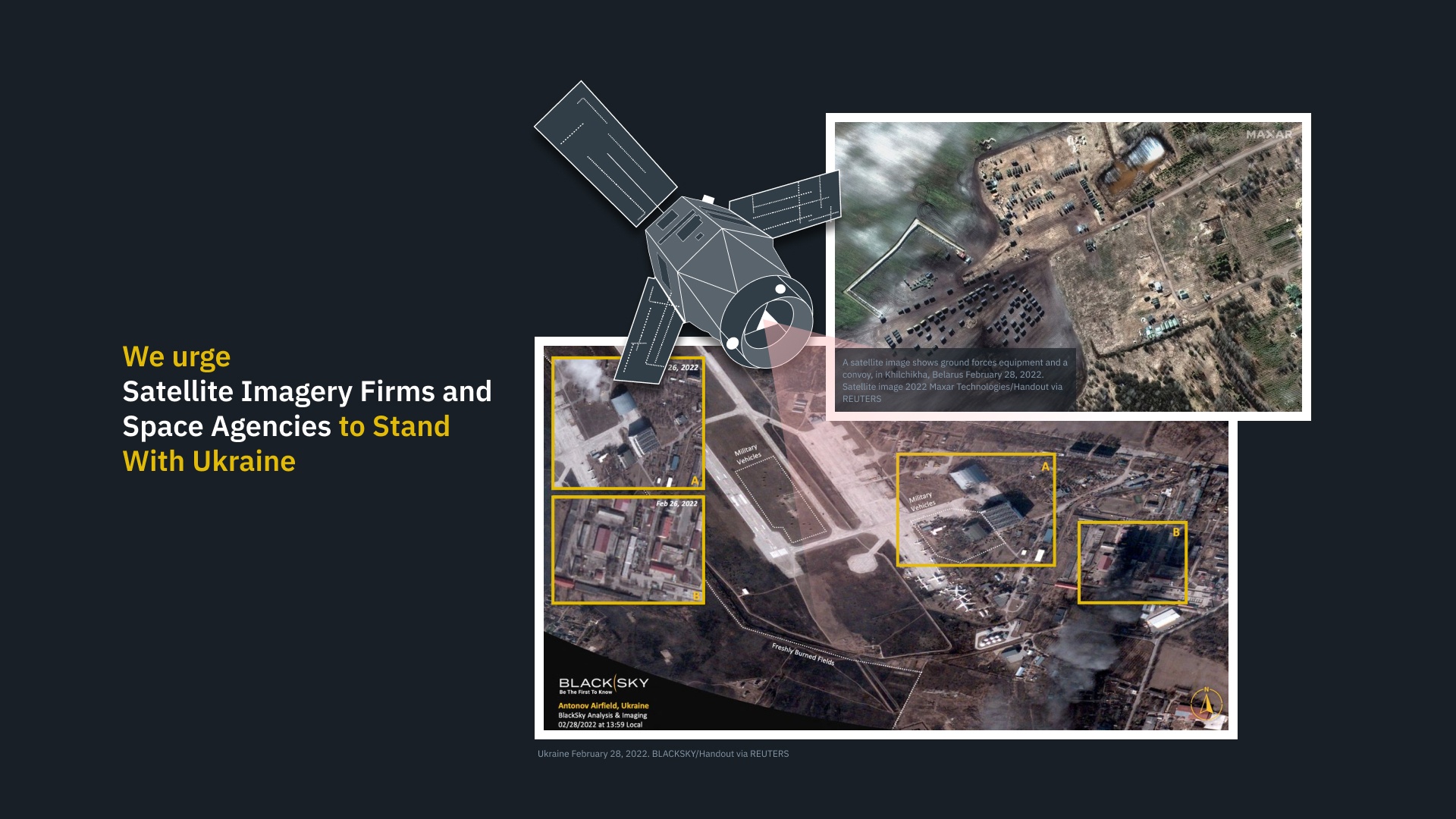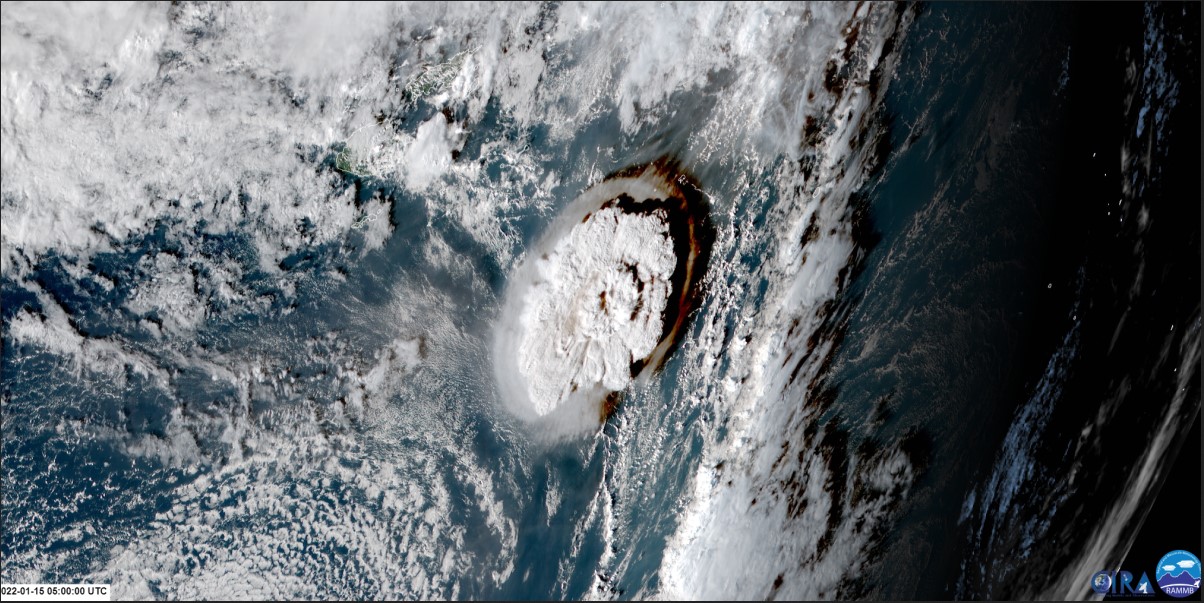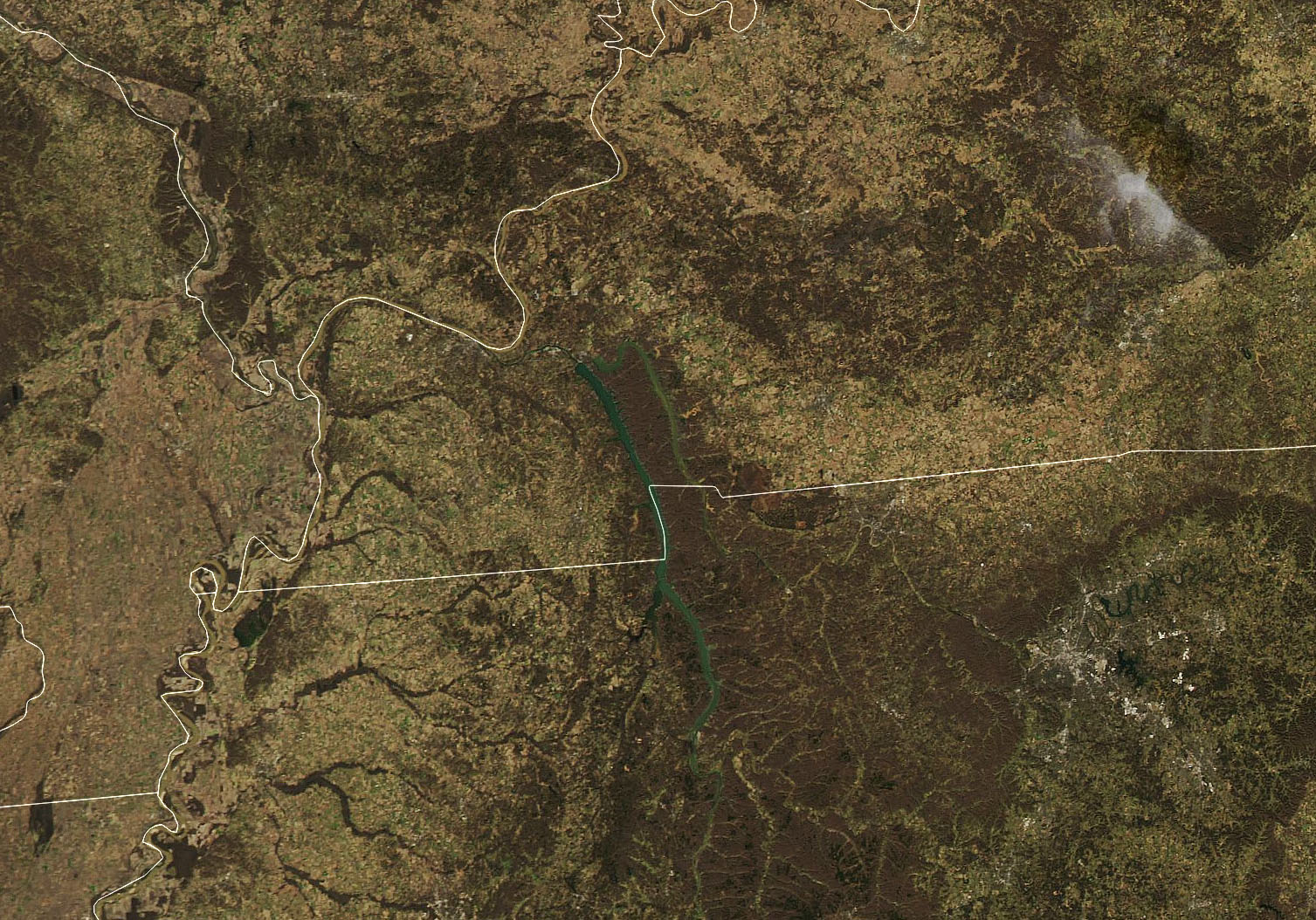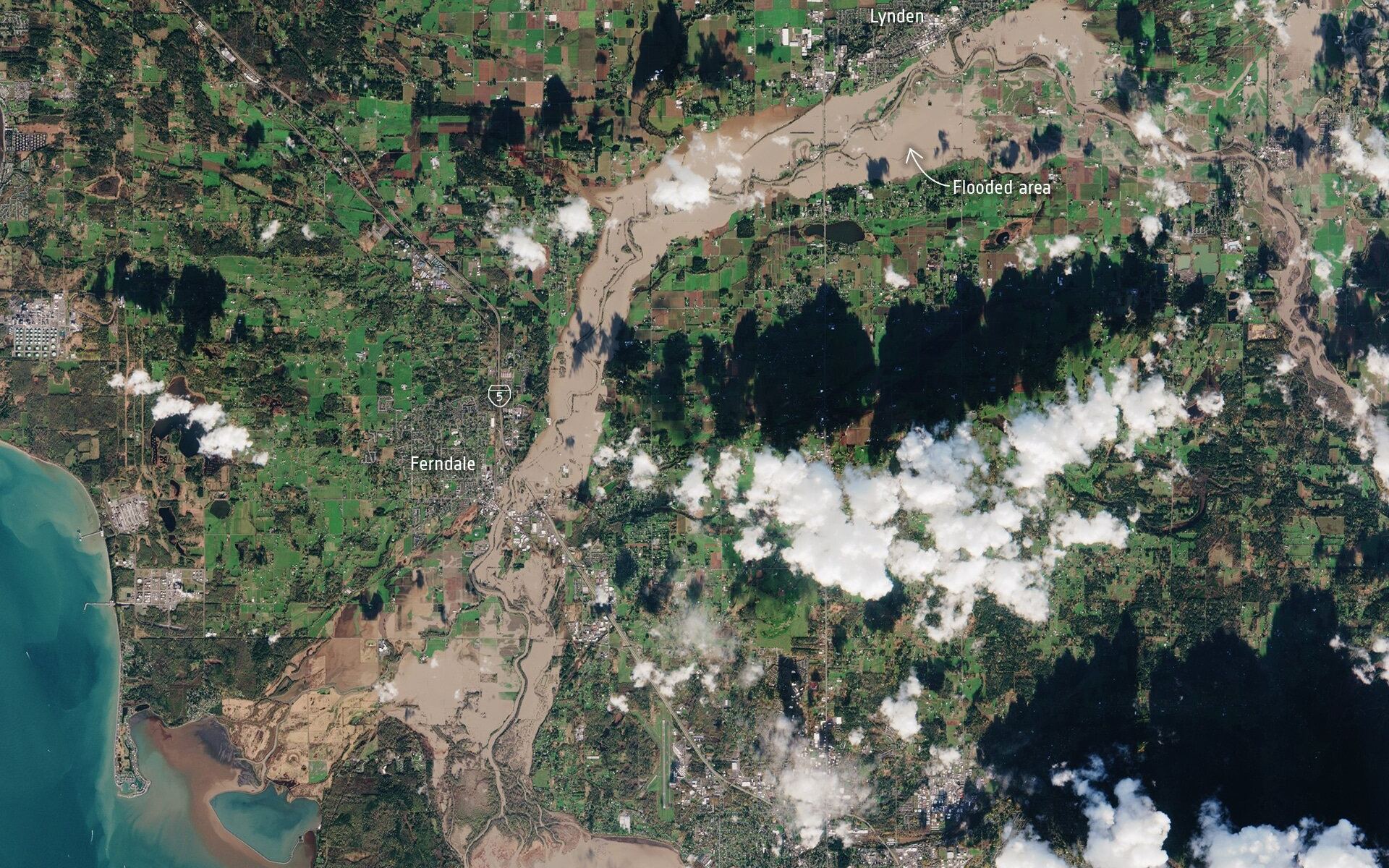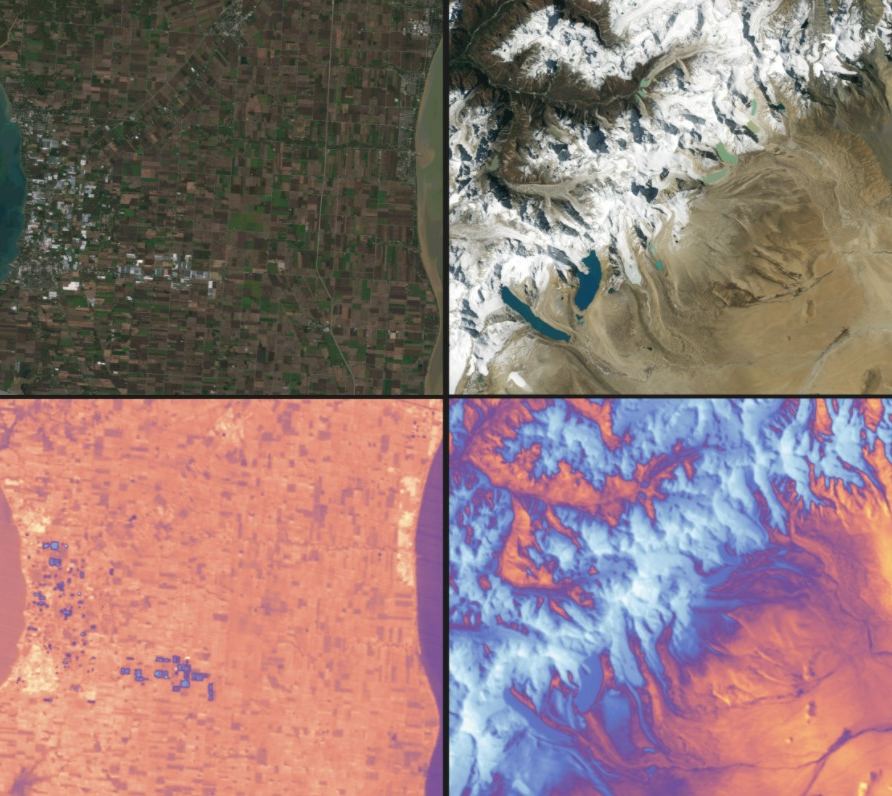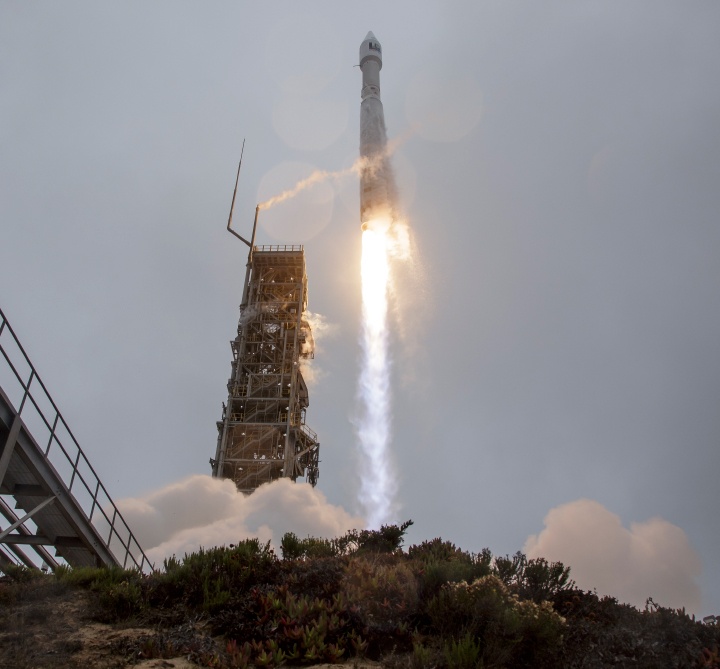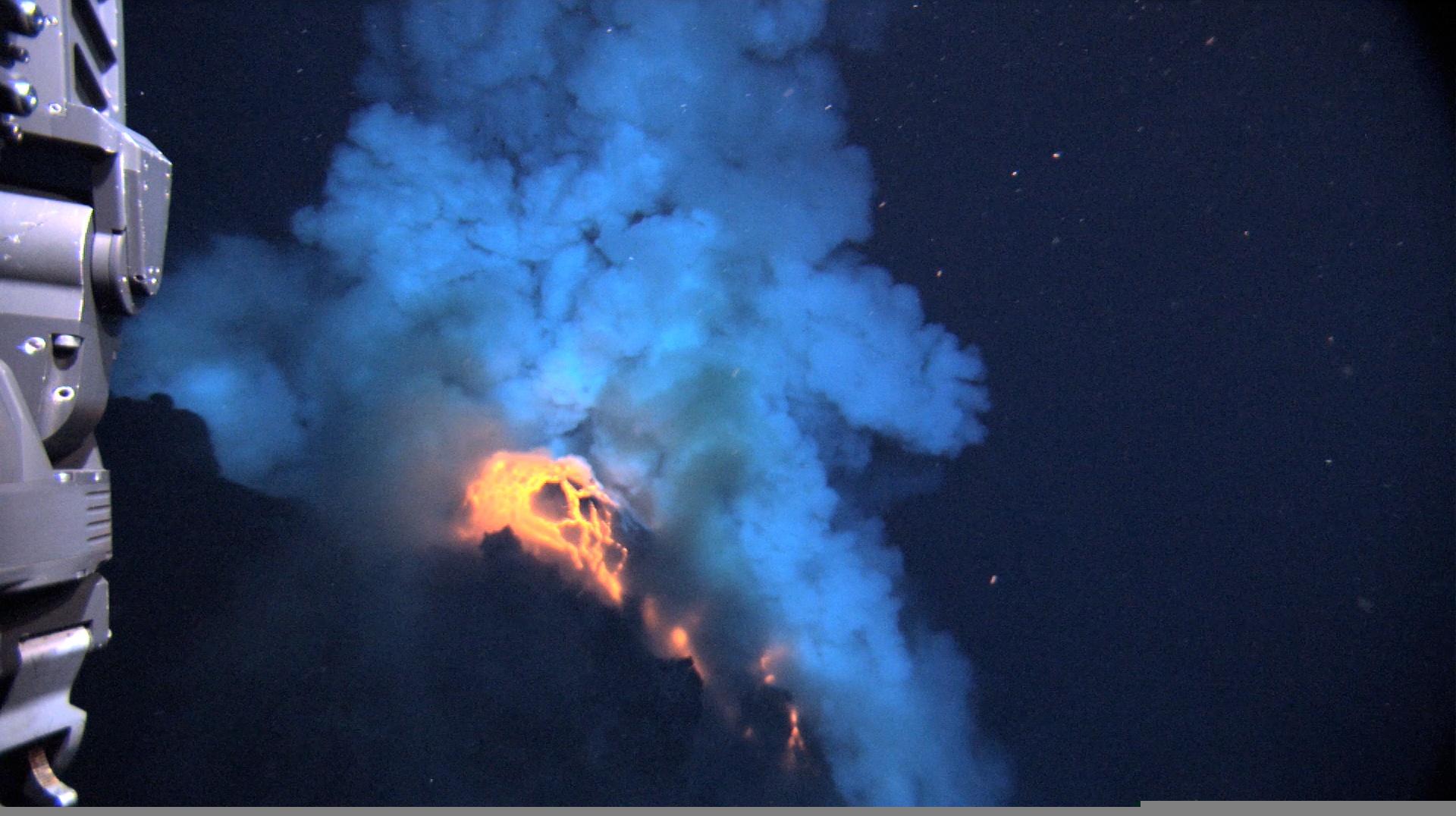People often seem surprised when they learn that NASA doesn’t just look out to the other planets, stars, and galaxies. It’s also an agency that studies our own home planet—from space! And why not? Earth is part of the solar system, too. So, to that end, there’s a new Earth studies mission called EMIT on its way to the International Space Station. It’s designed to track dust as it moves from one place to another on our planet through through our atmosphere.
The official name of the mission is the Earth Surface Mineral Dust Source Investigation (EMIT, for short). It will use a high-tech imaging spectrometer to study dust around the globe over the next year.


